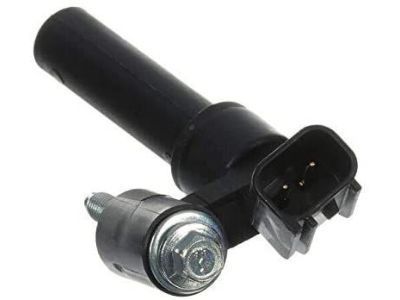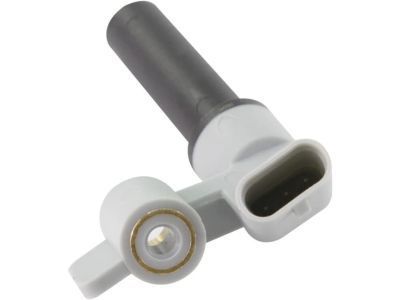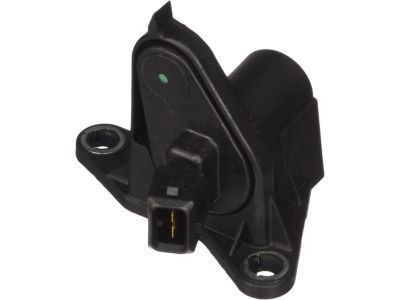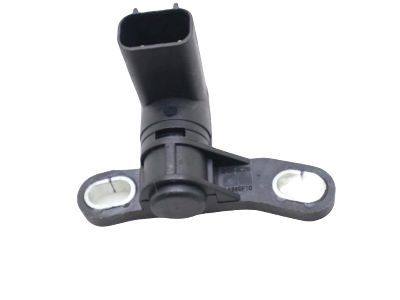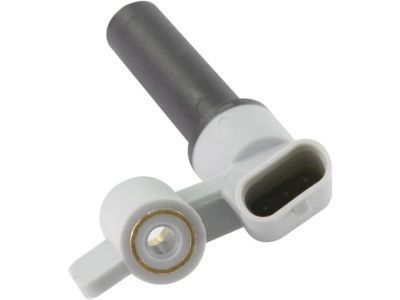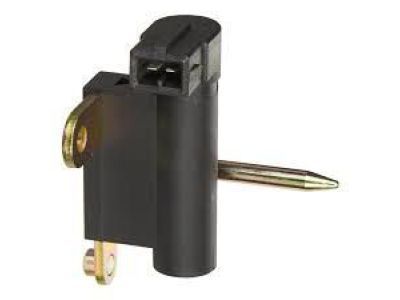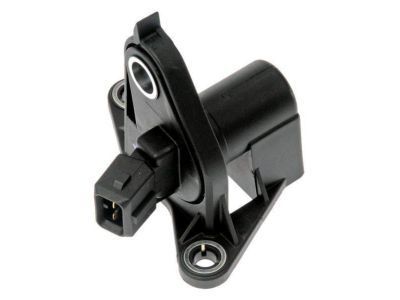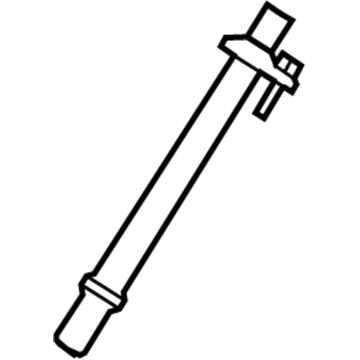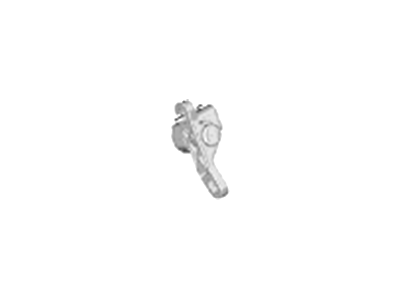×
- Live Chat
- 1-888-788-9341


My Garage
My Account
Cart
Genuine Ford Explorer Crankshaft Position Sensor
Engine Crankshaft Position Sensor- Select Vehicle by Model
- Select Vehicle by VIN
Select Vehicle by Model
orMake
Model
Year
Select Vehicle by VIN
For the most accurate results, select vehicle by your VIN (Vehicle Identification Number).
10 Crankshaft Position Sensors found
Ford Explorer Sensor - Crankshaft Position
Part Number: 1W7Z-6C315-AB$40.13 MSRP: $64.00You Save: $23.87 (38%)Ships in 1 Business DayFord Explorer Sensor - Crankshaft Position
Part Number: AA5Z-6C315-A$45.71 MSRP: $72.91You Save: $27.20 (38%)Ships in 1-2 Business DaysFord Explorer Sensor - Crankshaft Position
Part Number: BL3Z-6C315-B$24.85 MSRP: $39.64You Save: $14.79 (38%)Ships in 1-2 Business DaysFord Explorer Sensor - Crankshaft Position
Part Number: 5L2Z-6C315-A$37.85 MSRP: $60.36You Save: $22.51 (38%)Ships in 1-2 Business DaysFord Explorer Sensor - Crankshaft Position
Part Number: 6M8Z-6C315-AA$68.31 MSRP: $112.91You Save: $44.60 (40%)Ships in 1-2 Business DaysFord Explorer Sensor - Crankshaft Position
Part Number: BL3Z-6C315-A$24.85 MSRP: $39.64You Save: $14.79 (38%)Ships in 1-2 Business DaysFord Explorer Sensor - Crankshaft Position - CPS
Part Number: FOTZ-6C315-D$42.75 MSRP: $68.18You Save: $25.43 (38%)Ships in 1-2 Business DaysFord Explorer Sensor - Crankshaft Position - CPS
Part Number: 1L2Z-6C315-BB$37.85 MSRP: $60.36You Save: $22.51 (38%)Ships in 1-2 Business DaysFord Explorer SENSOR - CRANKSHAFT POSITION
Part Number: FT4Z-6C315-C$49.42 MSRP: $77.45You Save: $28.03 (37%)Ships in 1-3 Business DaysFord Explorer SENSOR - CRANKSHAFT POSITION
Part Number: JX6Z-6C315-B$35.50 MSRP: $55.64You Save: $20.14 (37%)Ships in 1-3 Business Days
Ford Explorer Crankshaft Position Sensor
Crankshaft Position Sensor is an important electrical and electronic device of Ford Explorer, which checks phase of engine and also delivers impulse to engine management. As it will be recalled, this sensor is commonly used to regulate matters to do with fuel injection, ignition time, and other aspects of the engine. It plays a very crucial role of providing efficiency to the engine and in case of failure it may cause starting problem. The sensor can be of different types it can be inductive, Hall Effect, magnetoresistive, or an optical sensor and each type has its own strengths and weakness as well as possible failure modes. In summary, the Crankshaft Position Sensor is critical in proper running of the Ford Explorer car engine.
We provide a wide range of Ford Explorer Crankshaft Position Sensor at the best prices possible. If you need Ford Explorer Crankshaft Position Sensor, you can shop with confidence on our website. All our OEM parts come with a manufacturer's warranty and are delivered to your door step with a fast delivery service.
Ford Explorer Crankshaft Position Sensor Parts Questions & Experts Answers
- Q: How to diagnose and replace a crankshaft position sensor on Ford Explorer?A: If the following tests indicate that a sensor is good, and not the cause of a driveability problem or OTC, check the wiring harness and connectors between the sensor and the PCM for an open or short circuit. If no problems are found, have the vehicle checked by a dealer service department or other qualified repair shop. The crankshaft position CKP) sensor is mounted on the engine front cover, next to a toothed trigger wheel. The trigger wheel has 35 evenly spaced teeth and one gap where a 36th tooth would be. The gap lets the CKP sensor signal the PCM when the crankshaft is 60-degrees before TDC for cylinders 1 and 5. The PCM then computes actual TDC or any number of degrees before or after TDC and uses this information to control ignition spark advance. The CKP sensor also provides the engine speed signal to the PCM and is part of the misfire monitor circuit integrated into the PCM. The Electronic Engine Control (EEC)system can detect different CKP sensor problems and set a trouble code to indicate the specific fault. Disconnect the CKP sensor connector, turn the ignition On but do not start the engine. Use a voltmeter to check for voltage between the sensor connector and ground. Disable the fuel system, connect a voltmeter to the CKP sensor, set the meter on the AC scale, and check for voltage pulses as you crank the engine. Caution: Keep voltmeter leads away circuit voltage at the sensor connector should from the drivebelt and rotating engine parts while cranking the engine. If no pulsing voltage signal is produced, replace the crankshaft sensor. Be sure the ignition is off and disconnect the sensor electrical connector. Remove the retaining bolts and remove the sensor from the engine front cover. Installation is the reverse of removal. Note: On 2001 and later models, if you are replacing the CKP sensor, the new sensor will have small wear tabs at the crank pulley side. Install the sensor with the spacer tabs touching the damper, then tighten the mounting bolt(s). Once the engine is running, the tabs will quickly wear off, leaving the correct sensor-to-puller spacing.
Related Ford Explorer Parts
Browse by Year
2023 Crankshaft Position Sensor 2022 Crankshaft Position Sensor 2021 Crankshaft Position Sensor 2020 Crankshaft Position Sensor 2019 Crankshaft Position Sensor 2018 Crankshaft Position Sensor 2017 Crankshaft Position Sensor 2016 Crankshaft Position Sensor 2015 Crankshaft Position Sensor 2014 Crankshaft Position Sensor 2013 Crankshaft Position Sensor 2012 Crankshaft Position Sensor 2011 Crankshaft Position Sensor 2010 Crankshaft Position Sensor 2009 Crankshaft Position Sensor 2008 Crankshaft Position Sensor 2007 Crankshaft Position Sensor 2006 Crankshaft Position Sensor 2005 Crankshaft Position Sensor 2004 Crankshaft Position Sensor 2003 Crankshaft Position Sensor 2002 Crankshaft Position Sensor 1997 Crankshaft Position Sensor 1996 Crankshaft Position Sensor 1995 Crankshaft Position Sensor 1994 Crankshaft Position Sensor 1993 Crankshaft Position Sensor 1992 Crankshaft Position Sensor 1991 Crankshaft Position Sensor

